What Are Cannabinoids and Why Are They So Beneficial?
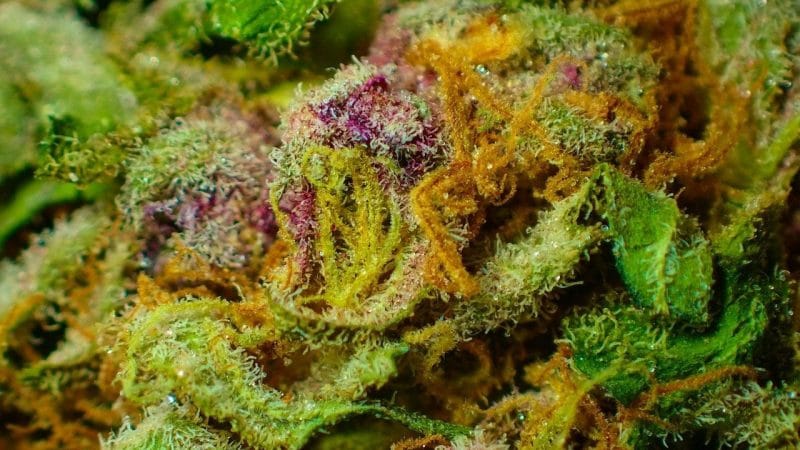
We’ve all heard the term cannabinoids tossed around in conversations about health and wellbeing. But, what are cannabinoids, and are they as amazing as they are said to be? Do all of them get you high like THC?
There are many questions posed about cannabinoids, and as the cannabis industry develops, there are likely to be even more. But hopefully, there will be more answers as well.
For now, let’s use what we do know and get the full lowdown on cannabinoids and how they benefit us.
What Exactly Are Cannabinoids?
The most common belief is that cannabinoids are the chemical components found in hemp and marijuana plants. While this is true, there are a few things you should know.
Firstly, cannabinoids are any chemical substances that bind the cannabinoids receptors in the brain and body and have similar effects to the cannabinoids produced by the cannabis plant.
So, that’s the cannabinoids definition. In short, cannabinoids are not just found in cannabis. There are cannabinoids in the cannabis plant, there are cannabinoids in people and animals, and there are cannabinoids produced in labs.
In fact, cannabinoid is a term that covers synthetic, phytocannabinoids, and endocannabinoids. The main difference between the three is where and how they occur.
Secondly, not all compounds of the cannabis plant are cannabinoids. There are over 480 natural components in cannabis, and at least 113 of them have been classified as cannabinoids.
What Are Phytocannabinoids?
Phytocannabinoids are cannabinoids that occur naturally in the cannabis plant. The term “phyto” means relating to plants. However, since there is very little difference between phytocannabinoids and cannabinoids, people tend to use the two terms interchangeably.
Don’t be confused if you see CBD defined as a phytocannabinoid or just a cannabinoid. They are just one of the types of cannabinoids out there.
Furthermore, phytocannabinoids are found in the resin glands, also called trichomes, on the flower and leaves of the cannabis plant. Their primary function is to protect the plant from UV rays, pests, and predators.
What Are Synthetic Cannabinoids?
A synthetic cannabinoid is a man-made chemical that is usually added to the cannabis plant. They are commonly smoked but also sold as liquids that can be vaporized.
Some of the appeals of artificial cannabinoids are their low price, increased potency, and availability.
Although marketed as safe alternatives to the chemicals in marijuana, these cannabinoids are 30 times more likely to have adverse effects than weed. Some include increased heart rate, vomiting, and hallucinations.
What are Endogenous Cannabinoids?
Endocannabinoids are neurotransmitters located in the peripheral and central nervous system that form the complex network known as the endocannabinoid system.
Endocannabinoids bind with two endocannabinoid receptors, CB1 and CB2, thereby activating them.
CB1 receptors are located in the brain parts that control memory, thinking, emotions, and motor skills. In contrast, CB2 receptors are found in the central nervous and immune system, i.e., throughout the body.
How Many Cannabinoids Are There and What Are Their Effects?
There are at least 113 cannabinoids found in cannabis, but it is believed that there are many more that science has not discovered yet.
These are some of the most prominent types of cannabinoids: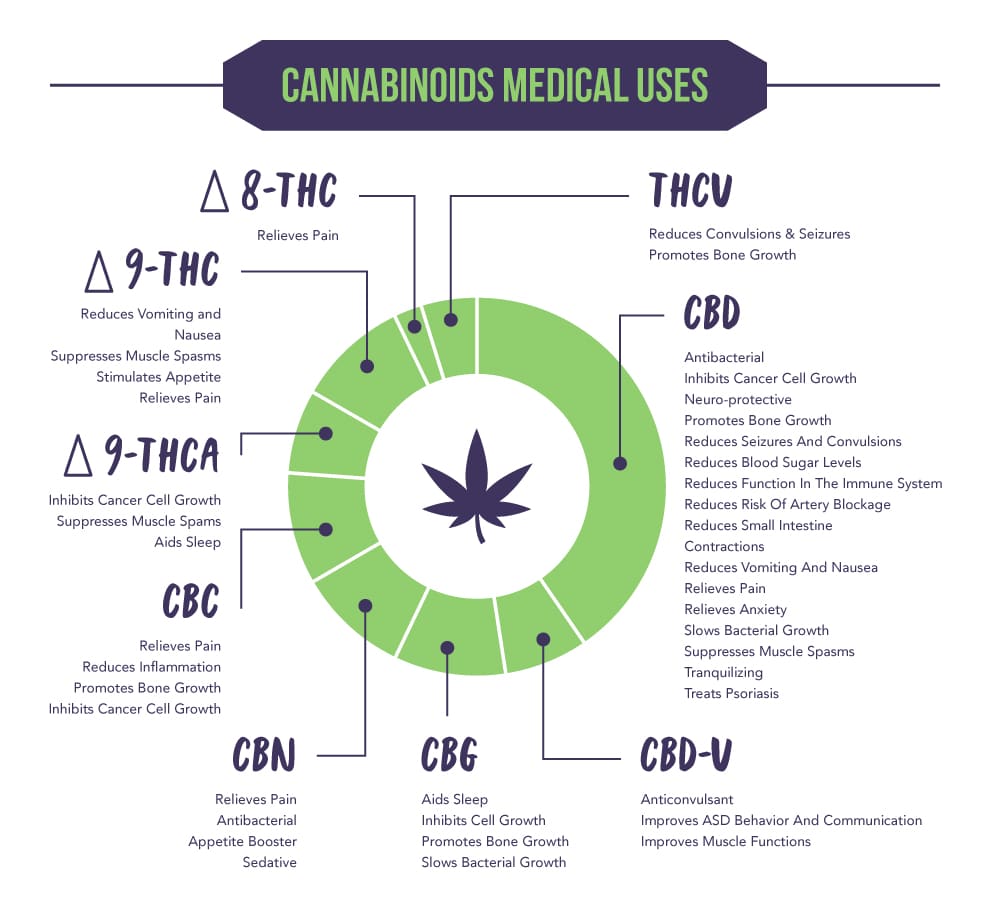
THC-A
Tetrahydrocannabinolic acid (THCA) is a non-psychoactive cannabinoid found in raw cannabis. Through the process of decarboxylation, which basically involves carbon dioxide being released from the plant, THCA converts into THC.
Decarboxylation happens when THC-A is heated at high temperatures or naturally when the plant is dried and ages through curing.
What are some of the cannabinoids effects of THCA?
- THCA acts as an anti-inflammatory agent and can be used to treat pain and arthritis.
- It has neuroprotective properties that can treat certain neurodegenerative diseases.
- THCA has been studied for its anti-tumor properties in combatting prostate and colon cancer.
More research is needed into the medical properties of THCA. Still, since it is the precursor of THC and shares many of its benefits, there is great potential.
THC-V
Tetrahydrocannabivarin (THCV) is found in certain strains of cannabis and is a minor cannabinoid on the cannabinoid chart. It is also a distant relative of THC.
Their chemical structure is pretty much the same, except THCV is one molecule short compared to the THC molecule. So, similar in structure, but very different in its effects.
For example, low doses of THCV won’t get you high. But, taken in higher doses, it activates the CB1 receptors, giving the user a buzz that is more clear-headed than the THC high. It kicks in faster but also fades away more quickly.
Not enough research is done to classify THCV as one of the medical cannabinoids. However, it shares some properties with CBD since it tones down some of the effects of THC.
What are some of the cannabinoids benefits of THCV?
- Some studies show that THCV can lower panic attacks, making it suitable to treat conditions like schizophrenia and PTSD.
- THCV helps relieve the symptoms of Parkinson’s disease, Alzheimer’s disease, and seizures in epilepsy.
- THCV can also suppress appetite, although there isn’t much evidence to back this claim.
THC
Tetrahydrocannabinol (THC) is one of the two most popular cannabinoids found in marijuana and the most infamous on the list of cannabinoids.
It is also the most abundant compound in the plant and the main psychoactive element in marijuana. It is responsible for that “high” feeling you get when you smoke weed.
Marijuana plants can contain up to 35% THC, whereas hemp plants have small quantities, usually 0.3% or lower.
The THC chemical structure is very similar to anandamide, an endocannabinoid.
Runners might be familiar with anandamide, also called the “bliss molecule,” which gives people a feeling of euphoria after a jog.
Anandamide, one of the endogenous cannabinoids, binds to THC receptors, thus allowing the human body to recognize THC and, in that way, affect the communication between neurotransmitters in the brain and give users the same feeling of euphoria.
But getting you stoned isn’t all THC can do. It also has many medicinal properties.
- THC has been found to aid in removing toxic accumulations of amyloid-beta protein in the human brain, which is believed to enhance the progression of Alzheimer’s disease.
- THC can reduce stress levels. This is probably one of the most well-known medical use of cannabinoids everyone’s heard of.
- THC is an antiemetic, which means it can reduce nausea and vomiting and chemotherapy’s side effects.
- THC increases appetite. Have you heard about munchies? Well, THC can act as an appetite stimulant and treat HIV wasting syndrome and anorexia.
- THC can help with sleep problems. Studies show that THC can reduce rapid-eye movement during sleep. This way, it can help PTSD patients avoid troubling nightmares and help get a good night’s rest.
- THC is a mild analgesic, or one of the cannabinoids for pain relief, and thus effective in treating chronic pain and inflammation.
CBD
Probably the most famous cannabinoid, cannabidiol (CBD) is found in many hemp strains. Unlike THC, it does not have psychoactive properties. It can even be used to dampen the effects of THC.
CBD can treat a wide range of medical conditions.
- CBD oil is beneficial in alleviating gastrointestinal issues, particularly IBS.
- Its anti-inflammatory properties provide immediate relief from chronic pain. It is one of the most commonly used cannabinoids for neuropathic pain, arthritis, rheumatism, as well as migraines and headaches.
- Studies show that CBD is effective in reducing the number of seizures, particularly among children. In fact, Epidiolex is the first FDA-approved cannabidiol drug to treat Dravet and LGS, rare forms of epilepsy.
- It is also known to treat various skin conditions, which is one of the reasons it is widely used in cosmetic products.
- CBD is effective in treating mood disorders, such as depression and PTSD. In determining the cannabinoids effects on those with bipolar disorder, CBD was found to positively reduce psychosis and other symptoms of the disease.
- In addition to that, cannabidiol can be much more effective than traditional depression medication because it does not have harsh side effects. Not only does it replace opioid use, but it can also be used to help reduce opioid addictions.
THC and CBD
If you google “what are cannabinoids,” most of the hits you’ll get will be about THC and CBD, the superstars of cannabinoids.
THC and CBD are so similar, they even have the same molecular structure, but the atoms are arranged differently, which makes all the difference between CBD and THC, namely in the way they react with your body’s cannabinoid receptors.
Both THC and CBD bind to the CB2 receptor, but only THC can directly bind to CB1. CBD influences the receptor’s ability to interact with other cannabinoids, meaning that it has a more extensive effect on the cannabinoid system.
But, let’s not dwell on cannabinoid structure and scientific explanations. The main thing that sets the two apart is the psychotropic effect or lack thereof.
People who want to experience the benefits of cannabis, but want to keep a cool head, will go for CBD products. On the other hand, if you’re looking to get high, THC is the answer.
CBG
Cannabigerol (CBG) is a minor non-psychoactive cannabinoid (its content in most strains is less than 1%).
Like other cannabinoids, the CBG cannabinoid displays many of the health benefits of cannabinoids.
- It reduces intraocular pressure and thus is effective in treating glaucoma.
- A 2015 study on mice with Huntington’s disease showed that CBG was able to protect the neurons in the brain.
- CBG also has antibacterial properties. It is known to kill or slow down the growth of bacteria, especially in its acidic form, CBGA.
- CBG can fight cancer. Together with THC-A, CBG could stop the growth of colorectal cancer cells and block the receptors that contribute to cancer cell growth. Yet, another connection between cannabinoids and cancer.
Since it’s non-psychotropic, CBG shows great potential for medicinal use, but further research is necessary to determine its exact effects.
CBN
Cannabinol (CBN) is another phytocannabinoid found only in trace amounts in cannabis. There is usually less than 1% of CBN in fresh cannabis plants. It is mildly psychoactive as it is produced from the degradation of THC.
When THC is exposed to oxygen, it turns into CBN cannabinol.
Like other minor cannabinoids, its medicinal effects still haven’t been researched extensively.
- CBN is another one on the list of cannabinoids for pain relief due to its anti-inflammatory properties.
- CBN has some antibacterial properties, particularly on resistant bacteria strains.
- It is known to promote bone growth and might be used for the treatment of osteoporosis.
- In a study on rodents, CBN was found to delay the onset of ALS.
- Like THC, it boosts appetite and can act as a sedative. Some studies show that CBN only has sedative properties when combined with THC or terpenes. Nevertheless, there is a lot of anecdotal evidence that cannabinoids oil can help with sleep disorders. So, what is CBN oil good for? Users say sleep disorders.
CBC
Cannabichromene (CBC) is another one of the non-intoxicating legal cannabinoids. It is commonly found in tropical cannabis strains.
The CBC cannabinoid, like THC and CBD, comes from cannabigerolic acid (CBGA). The plant enzymes turn it into cannabichromene carboxylic acid (CBC-A) and then into CBC after being exposed to heat or UV rays.
- Studies are being conducted into the effect of CBC on brain cell regeneration and could someday be developed into one of the cannabinoids for Alzheimer’s disease.
- It is believed that CBC works best when combined with other cannabinoids to reduce pain and inflammation.
- CBC has a great effect on acne. It reduces AA (arachidonic acid) levels that cause the formation of fat, which in turn causes acne.
Sadly, like other minor cannabinoids, it still hasn’t been studied adequately.
CBD-V
Cannabidivarin (CBD-V) is similar in its chemical structure to CBD and shares some of its healing powers. Like CBD and others on the cannabinoid chart, it is non-intoxicating and can typically be found in strains that are high in CBD but low in THC.
- Although CBD-V was only discovered 50 years ago, it already shows promise for its anticonvulsant properties.
- Research is also being conducted on the effect of CBDV on autism spectrum disorder (ASD), more specifically on some particular symptoms such as behavior and communication.
- CBD-V can be used as a potential treatment for Duchenne muscular dystrophy (DMD) by improving muscle functions.
What are cannabinoids without their synergy? Although each of the many types in the cannabis plant has its own properties and effects, they work best when combined.
This brings us to the entourage effect and what it actually is. The entourage effect simply means that a person can benefit the most not from a single component of cannabis but from the whole plant.
What Do Cannabinoids Do?
In simple words, they regulate how cells communicate. They signal molecules released from one cell and activate the cannabinoid receptors on nearby cells.
Cannabinoids can also control what happens if the cells are activated. In plain English, you can imagine them as a “dimmer switch.” They restrict the amount of released neurotransmitters, controlling how cells send, receive, and process messages.
What Are Cannabinoids Doing to Our Body?
People and animals have an endocannabinoid system that has evolved over time. It regulates pain, appetite, mood, memory, motor functions, and so much more. Still, its primary function is believed to be maintaining homeostasis.
On top of that, even if you don’t use cannabis, the endocannabinoid system (ECS) will be active in your body.
In layman’s terms, when the body is injured or affected by some external factor, cannabinoids in the body will start working to keep the operations running smoothly.
When the body does not produce enough endocannabinoids, the cannabinoid system cannot function properly.
On the other hand, consuming cannabinoids from the cannabis plant improves the communication between cannabinoids and the cannabinoids receptors in the brain, restoring the work of the ECS.
How the brain and body react after ingesting cannabinoids is determined by the type of cannabinoid taken and which receptor it binds to.
This interaction between cannabinoids and the ECS is the foundation of cannabis medicine and the reason for the multitude of health benefits.
Cannabinoids Uses in Medicine
Based on various studies, cannabinoids can be helpful with the treatment of:
- Mood disorders (cannabinoids can help with depression and bipolar disorders)
- Anxiety (since cannabinoids have a sedative and anxiolytic effect, CBD can reduce anxiety in patients with a social anxiety disorder)
- Sleep disorders (CBD can improve REM sleep disturbances)
- Cognitive disorders and dementia (ECS has a protective effect against excitotoxicity, oxidative stress, and inflammation linked to Alzheimer’s disease)
- Opioid withdrawal symptoms and drug substitution (cannabinoids can relieve withdrawal symptoms linked to opioid abstinence)
This is why cannabinoid research and development are so important. This way, researchers can collect data that can help them with:
- Understanding the chemicals in different marijuana strains and their potential therapeutic effects
- Creating new and safer cannabis products
- Taking new approaches in the extraction process
In May 2021, the DEA decided to register more American companies that would produce cannabis for scientific and medical reasons.
This is great for the cannabis industry and for medicine since scientists will be able to speed up their studies on the plant’s health benefits.
This could also solve the problem of researchers who are importing cannabis from outside the US since federal and state laws are different on the legality of marijuana.
Cannabinoids and the Entourage Effect
Cannabinoids and terpenes have a special connection. Terpenes are aromatic organic hydrocarbons present in most plants, like the cannabis plant and even insects. In other words, they are chemical compounds that determine how plants smell.
When used together, they also produce the entourage effect. How? Terpenes can enhance the cannabinoids’ health benefits, i.e., increase the high effect of THC or the anti-inflammatory properties of CBD.
Wrapping Up
We know that there are more than 480 natural components in cannabis and approximately 113 cannabinoids like THC, CBD, CBG, CBC, and THC-V. All of the mentioned cannabinoids have specific health benefits.
Science has barely scratched the surface when it comes to cannabinoids and their effects on the human body and who knows what they could discover if they dig a little deeper into the amazing plant that cannabis is.
FAQs
What are the examples of cannabinoids?
There are about 113 cannabinoids in the Cannabis sativa plant, and some of the most common examples are:
- Tetrahydrocannabinolic Acid (THCA)
- Tetrahydrocannabivarin (THCV)
- Tetrahydrocannabinol (THC)
- Cannabidiolic Acid (CBDA)
- Cannabidiol (CBD)
- Cannabigerol (CBG)
- Cannabichromene (CBC)
- Cannabinol (CBN).
Are cannabinoids legal?
Cannabinoids that come from industrial hemp plants and have less than 0.3% THC (like CBD) are legal throughout the USA.
However, marijuana-derived cannabinoids are currently legal in the 36 states that have legalized medical marijuana and the 19 US states where recreational marijuana use is permitted.
That said, the legal status of cannabinoids may seem like a fuzzy area, but that’s because there is so much about the cannabis plant that we don’t know.
What do cannabinoids do to the body?
Simply put, cannabinoids control how our cells in the body communicate. We all have an endocannabinoid system that regulates our motor functions, mood, pain, and appetite. When we get injured, cannabinoids will make sure our body is working correctly.
If the body doesn’t produce enough endocannabinoids, our cannabinoid system won’t function adequately.
By consuming cannabinoids, we enhance the communication between the cannabinoid receptors and cannabinoids in our brain.
There are cannabinoids in breast milk, fact or myth?
It’s a fact. Breast milk contains 2-arachidonoylglycerol (2-AG). 2- AG is an endocannabinoid that binds to CB1 receptors in the brain, just like THC.
In other words, if it wasn’t for this cannabinoid, babies wouldn’t know how to eat as CB1 receptors control both the suckling response and tongue muscles.
We can even say that our body was built for cannabinoids since they play a significant role in protecting our cells from diseases.
Is CBD a cannabinoid?
Yes, CBD is one of the subclasses of cannabinoids. However, like CBC and CBG, CBD is a non-psychoactive cannabinoid that won’t get you high like THC.
CBD offers various health benefits. For example, it’s used to treat chronic pain, arthritis, anxiety, insomnia, rheumatism, migraines, and headaches. You can use it and buy it in many forms (from edibles to oils and tinctures) because hemp-derived CBD is legal (unlike cannabis-derived CBD) in most states.
How long does marijuana stay in your system?
How long marijuana stays in your body depends on many factors, like your body weight, how often you take the drug, and the type of drug test administered. Usually, THC can be detected from 3 days up to a month in urine. It takes at least 50 nanograms per milliliter to detect cannabinoids in urine levels. CBD half-life, on the other hand, is 18 to 32 hours.
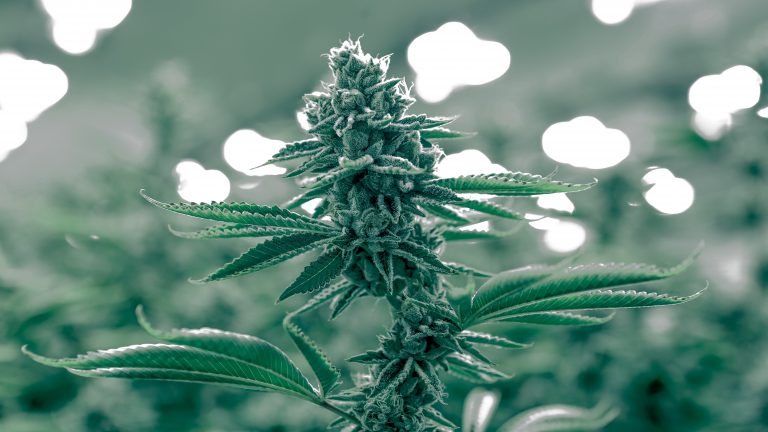



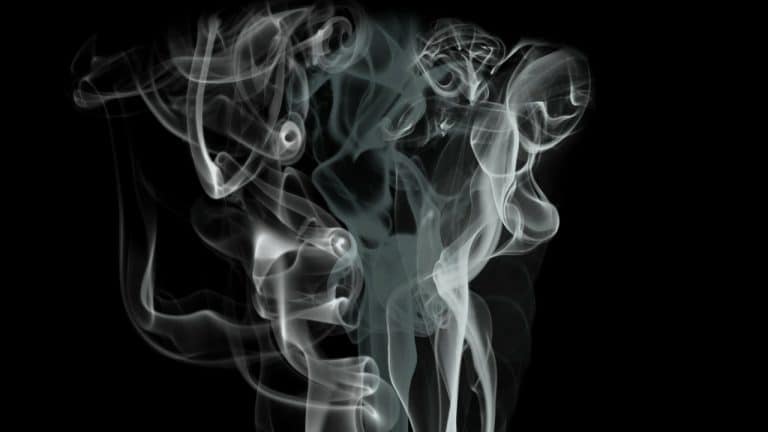
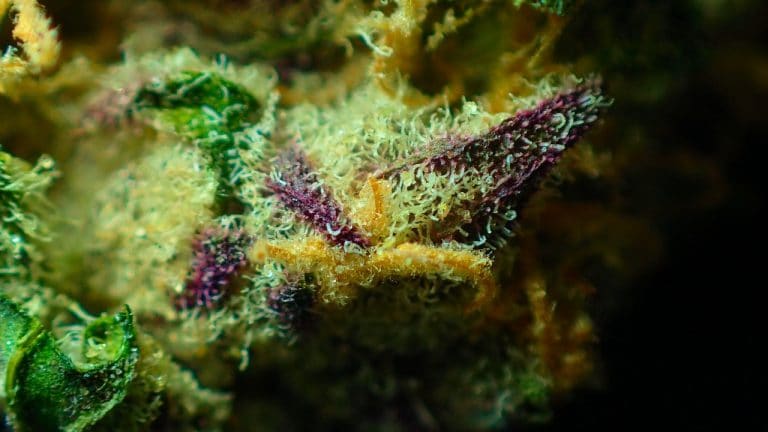
Why does the get you high